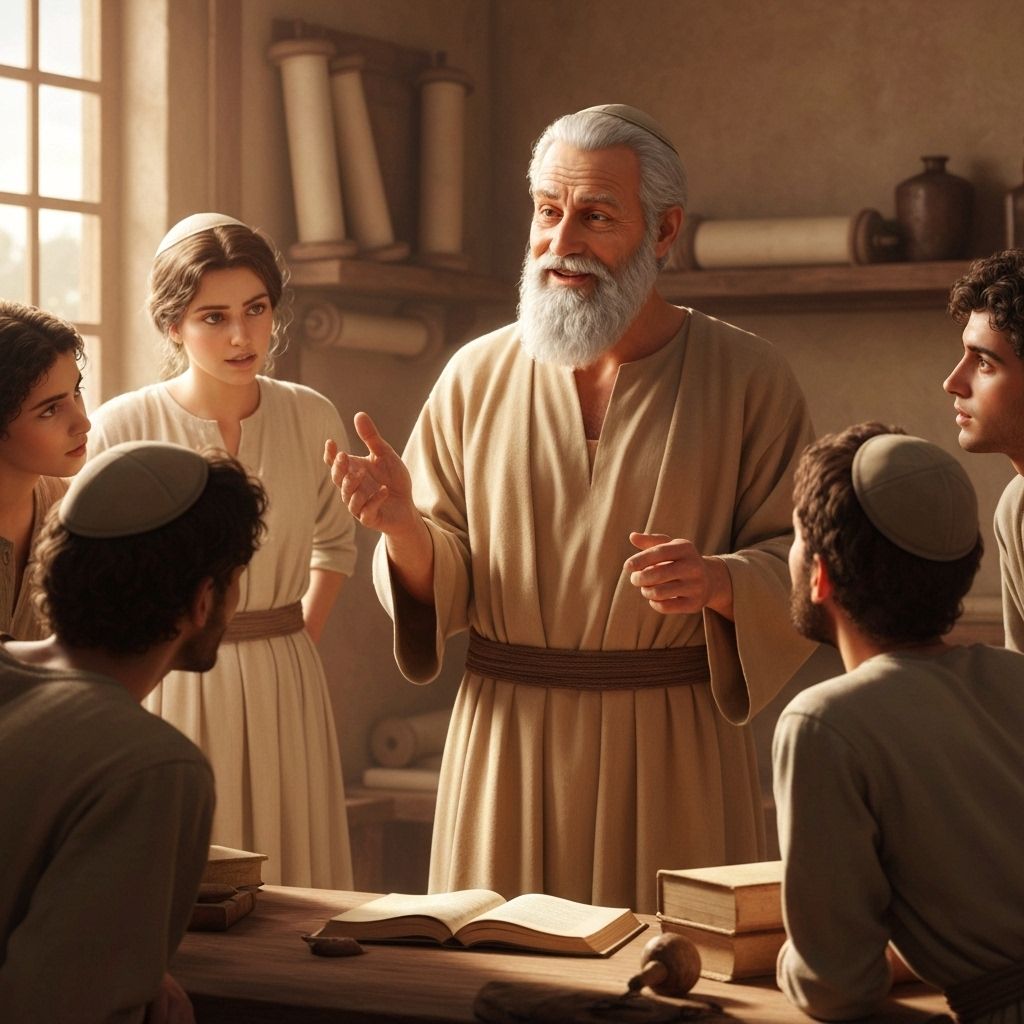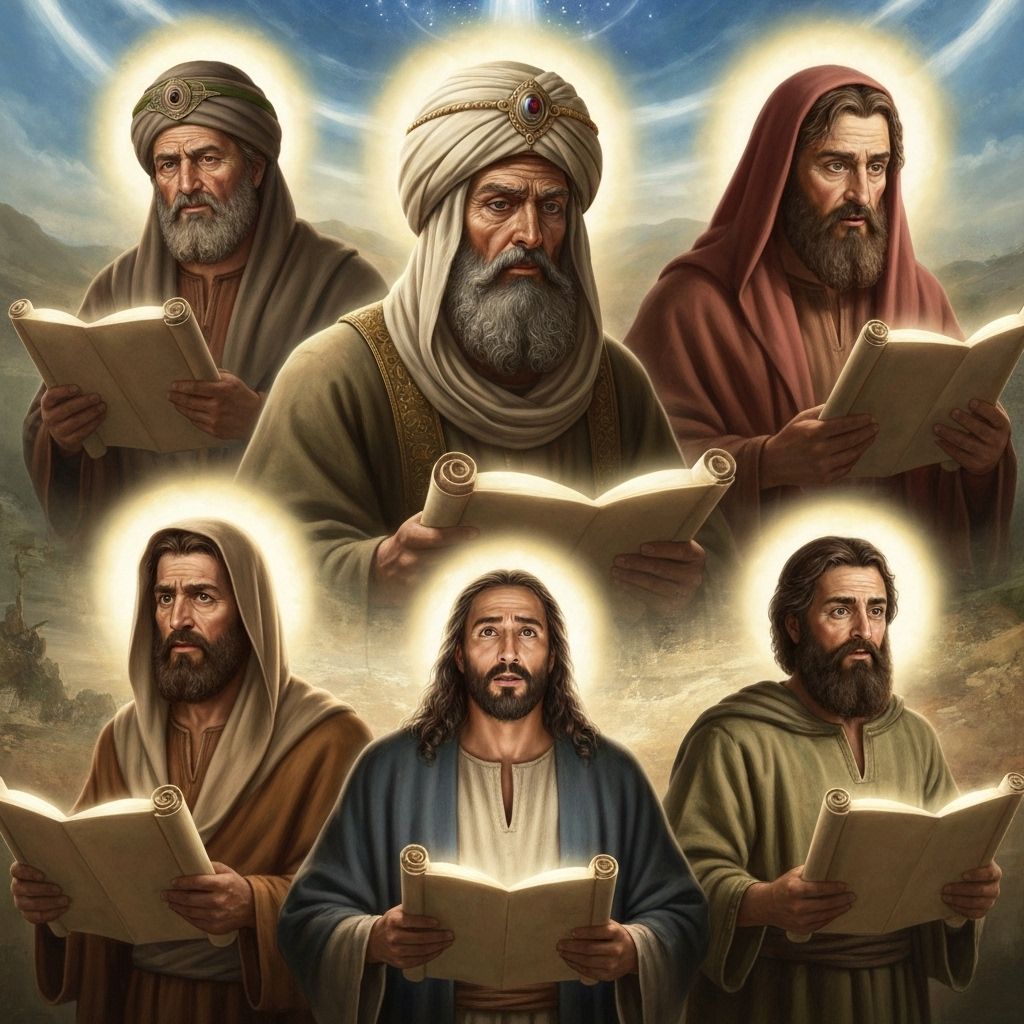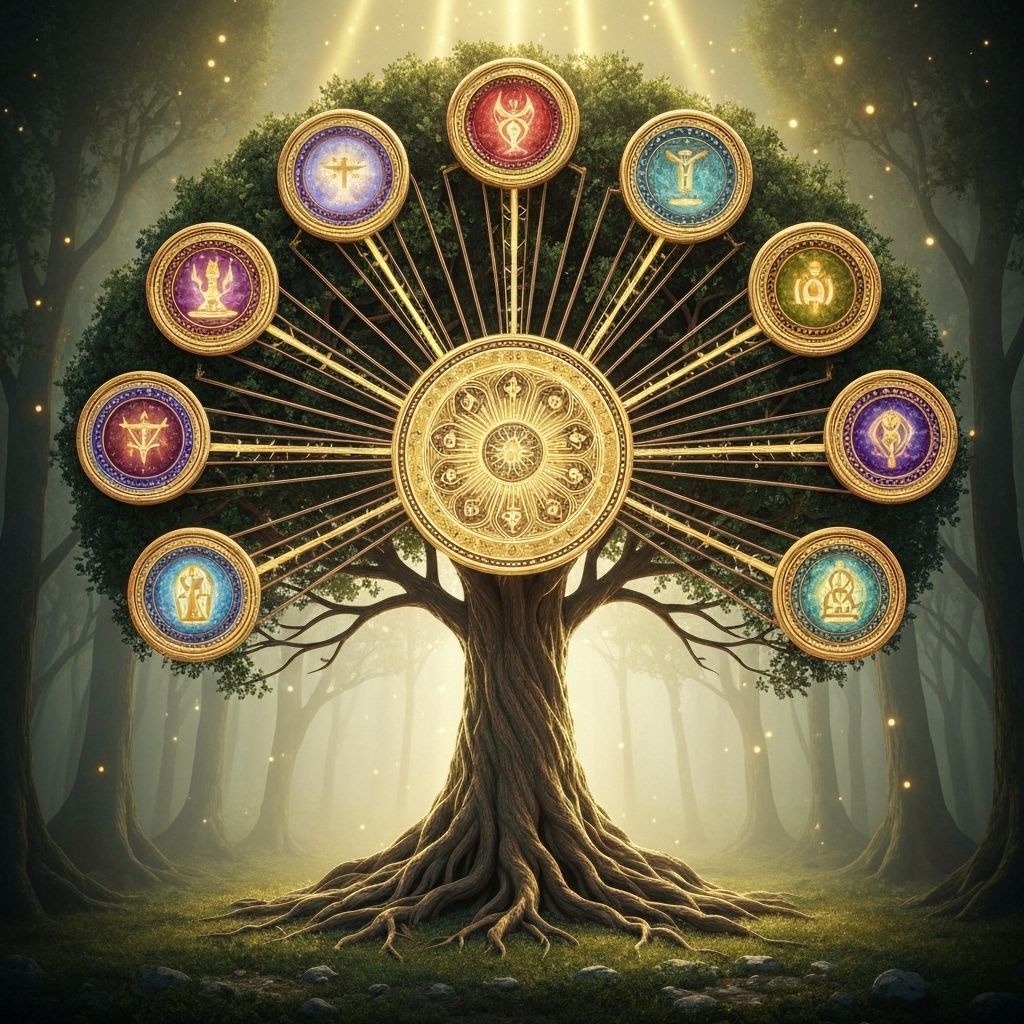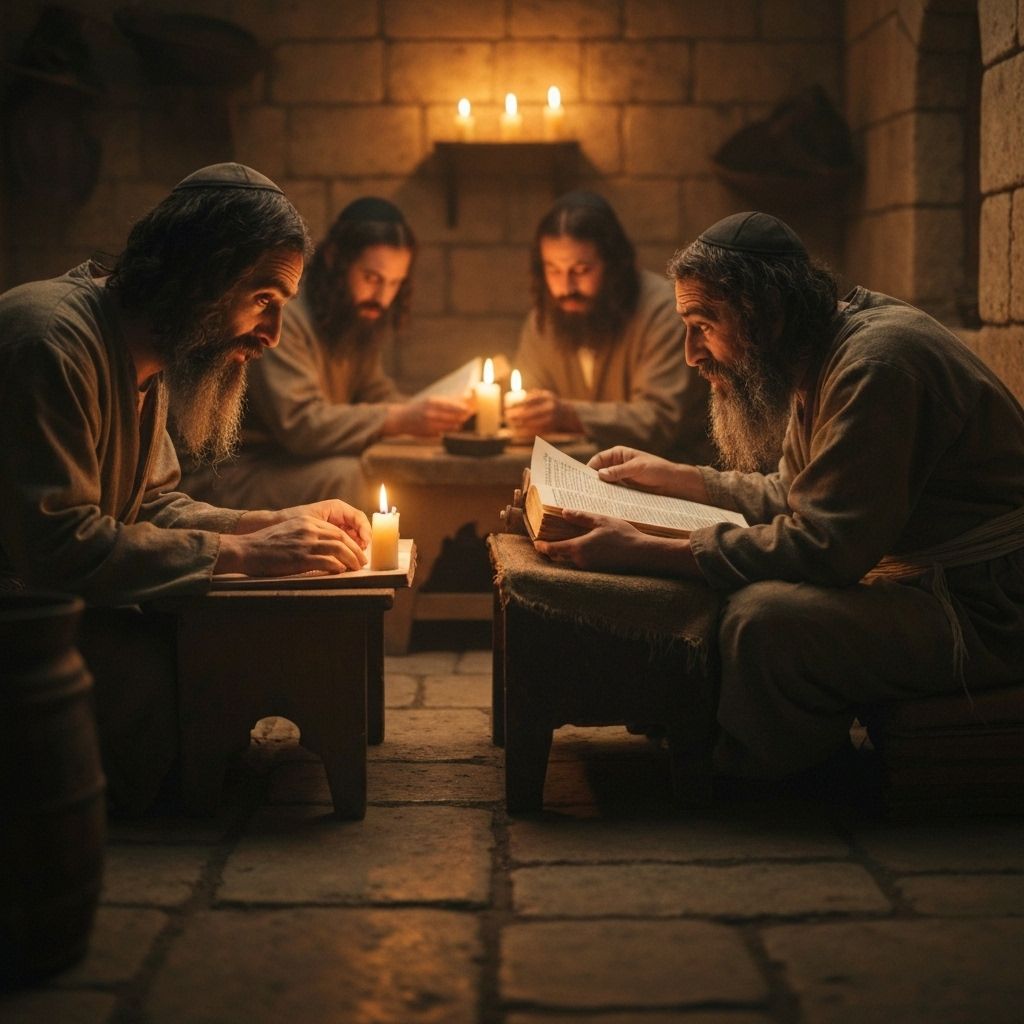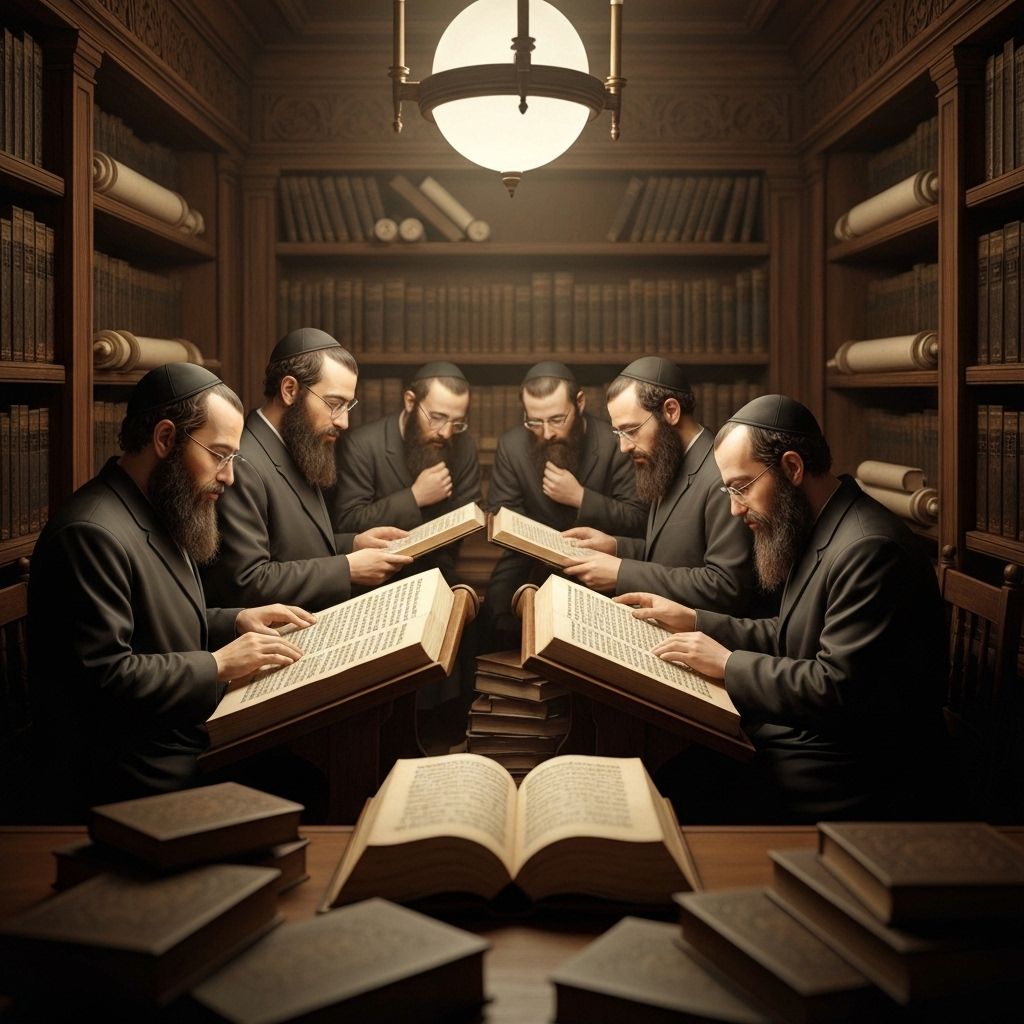3-Minute Summary
The Words of the Torah Explained with Help from Rashi and Ramban
Rashi (1040-1105) was a medieval French rabbi whose commentary on the Torah and Talmud is considered essential reading. His explanations focus on the plain meaning of the text and are known for their clarity and accessibility.
Ramban (1194-1270) was a Spanish rabbi, physician, and philosopher who provided deeper mystical and philosophical insights into the Torah, often building upon Rashi's work while adding his own profound interpretations.
The parsha opens with Moses assembling the entire community to convey divine instructions. This gathering emphasizes the communal nature of Torah observance and the importance of collective participation in divine service.
The Shabbat commandment given before the Mishkan construction establishes that rest takes precedence over even the holiest work. The Israelites must observe Shabbat even during the intense period of Mishkan building, showing that divine rhythm cannot be sacrificed for human projects.
The severe punishment for violating Shabbat (stoning) underscores its sanctity and the principle that some commandments are so fundamental that their violation threatens the covenant relationship itself.
Moses conveys Hashem's call for freewill offerings, reminding the people of the materials needed. This repetition shows the importance of enthusiastic giving and ensures that everyone understands their role in creating sacred space.
The people's enthusiastic response—they bring more than enough materials—demonstrates the power of inspiration and communal commitment. When people are motivated by divine purpose, they give generously beyond requirements.
Bezalel and Oholiab's appointment represents divine wisdom infused into human creativity. Their selection shows that spiritual leadership requires both natural talent and divine enablement, and that Hashem chooses specific individuals for sacred tasks.
The detailed construction of the Mishkan furnishings shows that divine service requires precision and care. Each item is made according to exact specifications, teaching that holiness emerges from faithful adherence to divine instruction.
The Ark's construction with its rings and poles emphasizes portability, reminding the Israelites that divine presence accompanies them on their journey rather than being fixed in one location.
The Menorah's intricate design symbolizes divine light and wisdom. Its seven branches represent the complete illumination of divine consciousness, while the almond blossoms suggest spiritual awakening and renewal.
The Table and showbread represent divine provision and human gratitude. The bread must be renewed weekly, showing that spiritual nourishment requires ongoing renewal and conscious attention.
The Incense Altar represents prayer and spiritual elevation. Its location in the Holy Place and the requirement for pure incense emphasize that divine service includes refined communication and conscious spiritual practice.
The Altar of Burnt Offering represents sacrifice and atonement. Its construction from earth (rather than gold) and its location in the courtyard show that divine service begins with basic acknowledgment of human need for reconciliation.
The Laver (washbasin) represents purification and preparation for divine service. Its placement between the Altar and the Mishkan entrance shows that spiritual readiness requires cleansing before approaching holiness.
The courtyard with its pillars and curtains establishes boundaries and accessibility. The gate facing east symbolizes spiritual awakening and the journey toward divine light.
The repetition that everything was made 'as Hashem commanded Moses' emphasizes obedience and faithfulness. The Mishkan's holiness emerges not from human innovation but from divine instruction properly executed.


